Let’s face it; most of the people working on music creations don’t spend countless hours in front of state of the art speakers inside a perfectly-tuned room.
Most of us get started bending over our computer at 3 am wearing a pair of headphones to keep the family harmony intact.
Because this specific mixing scenario requires exclusive mixing tips, these are the ten pieces of advice I can give you to mix your music without monitors.
I went through that moment of being an annoying hobbyist to the family before starting making serious money in the studio and understand exactly how you feel. This is the post that will clear out the doubts about how to get it done and continue your path in music-making with great results.
Without further introduction, let’s do this!
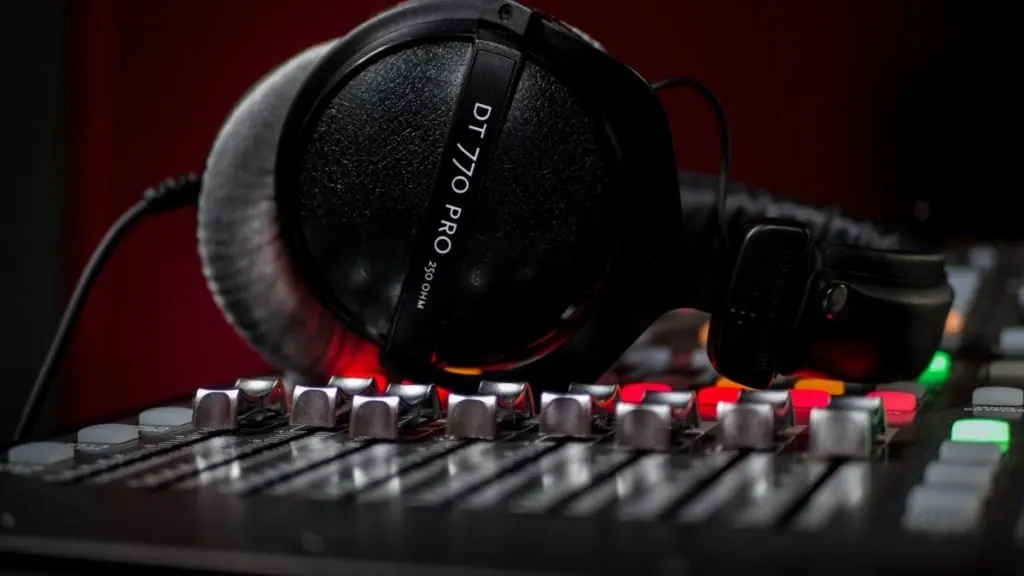
10 Tips For Successful Headphone Mixing
All the mixing tips for working without monitors that I have listed here were tried by me successfully in one moment or another of my life.
Actually, putting this post together was like time traveling and I even found some of the gear I used back then at my mother’s house and it was quite a beautiful, nostalgic moment. Not having a specific room ready to mix at my mother’s never stopped me from pursuing my dreams and training my years.
That is partially why I am doing this.
My 22-year-old me would have been so proud of this piece; I hope it helps you bring down barriers and get started in the recording, mixing, and mastering world.
1. Buy Specific Headphones
This is the first and most important piece of advice I can give you to start the countdown: get yourself some mixing headphones. I’m not saying by this that you should stop working until you save money and buy state of the art headphones by any means; I say start with what you’ve got.
Bear in mind that making the change to specific headphones is a definite must. You’ll save a ton of money comparing them to a good pair of monitors anyways, believe me.
My current monitoring headphones are the exact ones shown in the above image.
They are Beyerdynamic DT770 Pro. You can check these out here on Amazon
Buy BORING Headphones For Monitoring
Why on Earth should you buy boring headphones to mix your hip new song?
Well, the answer to that question is very simple: you need to monitor as close to the original as possible.
Every brand of non-specific headphones will literally tweak the EQ until they find their perfect voice. Most of the time, brands warm up the sound by making emphasis on the low and mid frequencies.
If you mix your stuff with them, you’ll cut the lows because it will be too much, but once you make a reference listening on a different device with a different EQ curve, you’ll lose that marvelous in-your-face drum kick.
Thus, the flatter the response of your headphones the more boring it is to listen to music through them, and the better they are for mixing endeavors. Buy the most boring headphones in the shop!
2. Use A Reference Track
Using a reference track is not only something you should do before beginning the mixing process but also throughout the whole thing.
It is a thoughtful exercise to make; just stop for a moment and decide what kind of song is it, what kind of sound does it need, what instrumentation you will choose, and then, how much compression, reverberation and equalization will you add to the mix.
It is important that you decide first what kind of track it will be. Be very specific, narrowing it all down to a single reference. For example, when I mix acoustic songs I mostly mix them listening to “Wild horses” by the Rolling Stones. Other times I ask bands and artists to bring a reference into the studio when recording.
Finally, it is important to note here that this is the job of the producer.
If the track you are about to work on has a producer (other than yourself) which is something I thoroughly recommend, then that person should be the one calling the shots. Use the producer as much as you can to make your life easier. Let them steer the wheel and apply all your talent in how to get there.
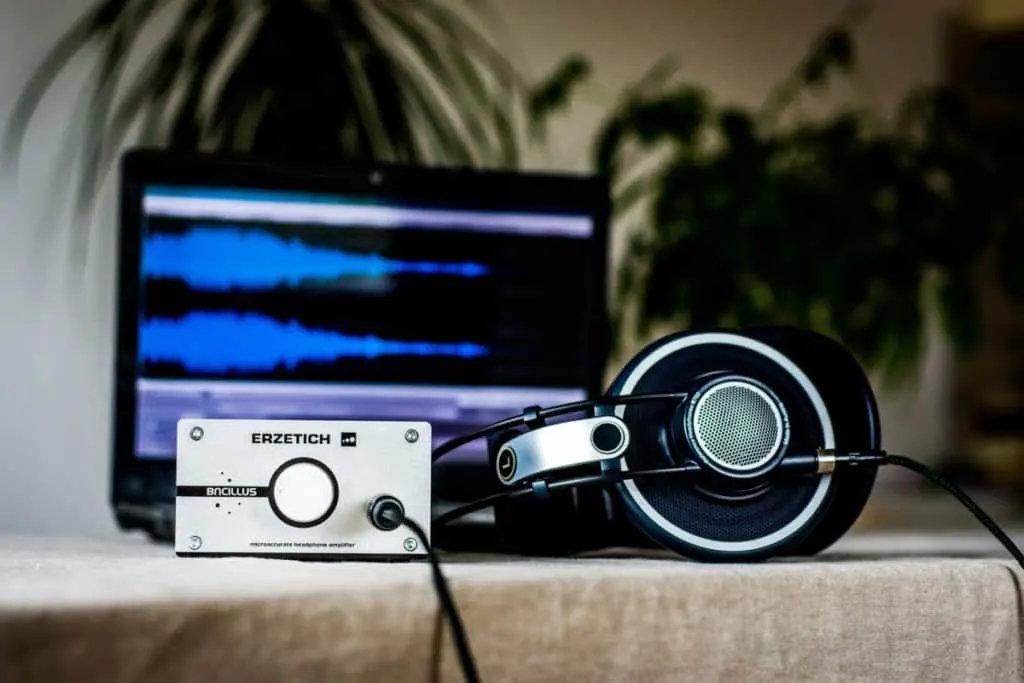
3. Put A Timer On Yourself
Have you ever heard of “hearing fatigue”? Well, hearing fatigue is not an invention, it is a real thing.
When your ears and your brain get fatigued from the sound exposure, what you get is a diminished response that can take you to bad mixing decisions. Most programs have 1,000+ levels of overdo, but it is time that counts.
You don’t want to be working for three hours just to hear the mix the next day with a fresh mind and realize it is a sonic mess.
The Pomodoro Technique
What I do to avoid this from happening is using the Pomodoro technique and setting a timer for working and another for relaxing.
Usually, I buy my tomato clocks at the local bazaar; they are cooking tools! I set the tomato for forty-five minutes and during that time I am 110% focused on the task: not even checking on the cellphone.
When the Pomodoro alarm rings I take fifteen minutes to freshen my ears and also my brain. I get up, go to the backyard, get some Sun or put on the radio to listen to something else, go for a micro 15-minute walk… I mean, you get to choose what works best for you.
When the fifteen-minute break is over I simply sit down on my chair again and go for another 45 minutes of mixing/mastering/recording.
At first, it might feel a little weird to walk out in the middle of a mix but believe me that once you get used to it, it becomes a natural must for your brain. Furthermore, in headphone mixing scenarios, you can rest your ears and head from wearing their weight as well.
4. Watch For The Volume
Speaking of fatigue, mixing at a high volume is really damaging in many ways.
When using headphones, the speakers are so close to your ears that it gets even more dangerous. Growing up I had an older friend who owned the very first studio I made my first record with my Nu-Metal band from the late nineties.
I didn’t know him prior to the gig but we became good friends instantly. We had this nerd game in which we would take the master up until the mix of a record sounded perfect. Then, we would look at each other and go… “This thing was mixed THIS loud?” You won’t believe just how loud records like “Use your illusion” or “Load” were mixed.
What I learned from those early days was that louder isn’t necessarily better, but the opposite; it might even hide errors. When you hear something that sounds grandiose because it is loud and distorted you kind of forget about everything else.
Mixing is not about that, but about finding balance and the lower the volume, the more you’ll realize what stands out from an EQ point of view.
Finally, there are several diseases that you can develop because of the volume being too loud for too long.
Don’t forget how your ear works: it closes to high volume and opens to hear nuances. If you expose them to a very loud sound for an extended period of time you risk losing hearing sensitivity because it progressively closes further and opens up less.
Nuances are your job’s meat and potato, you can’t miss those. Not only that, but you can also develop tinnitus or hyperacusis.
Lower the volume until it feels comfortable; we employ the term “Talk over the mix” because that is what you should be able to do when the volume is right.
I have written an article on using studio monitors without an audio interface. You can read it here.
5. Try It Out In Other Devices For Mixing Without Monitors
This is a piece of advice that is backed up by one of my musical heroes: Jack White.
You can check out this cool video on how they were mixing their record with The Raconteurs and hearing it on the Tesla S stereo system.
In a related interview, he explains that he wants to hear what people will hear when the record is out and thus he needs to listen to the mix away from fancy stereo studio equipment and in a real scenario.
I am not suggesting as a part of these headphones mixing tips that you go out, buy a stereo FM device and broadcast straight to your car, but I do strongly suggest you check mixing progress in real-life scenarios.
For example, the stereo speakers in your laptop, the sound system in your kitchen or dining room, send it to friends and receive valuable feedback data from them.
The fact that you are mixing without monitors doesn’t mean there can’t be any speakers involved, I would say you should always try your mixes out in different speakers.
What I do a lot is to use one of those JBL stereo Bluetooth speakers to check how the levels of my mixes are when relying a lot on headphones.
I do have state of the art 12”, 8”, 6”, and 5” speakers in my studio, but it is always a very important step of the way that I get a lot of info from to try it the most modest set of speakers I can.
My current favorites are the Yamaha HS5, so if you are saving up for a pair of great studio monitors these would be my choice.
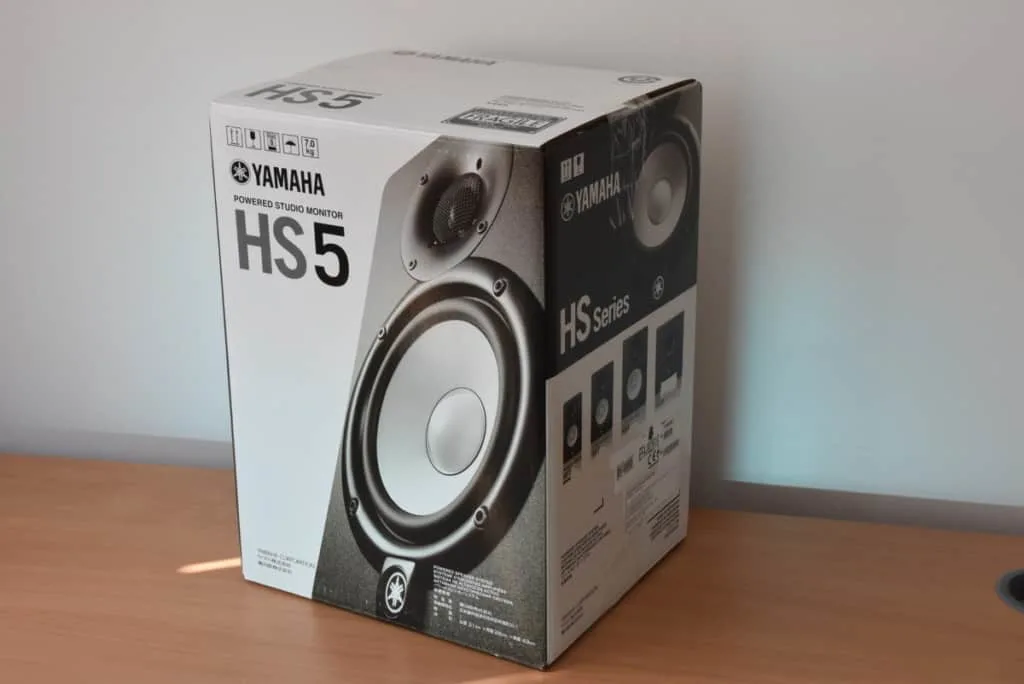
6. Different Headphones For Different Moments
Coming straight from the last item, do keep at hand several different headphones. It is important to check out mixing progress. Let’s go through some of them:
· Earbuds – Whether they are Bluetooth or not, earbuds are what 90% of the population plug into their smartphones and hence what everybody listens to music through. Running the track through them once a day is a definite must if you care about the public’s perception of your creation. The difference will be huge and that is because the real challenge of a great mix is staying great regardless of the device you hear it through.
· Closed headphones – This is one of the most common ways of mixing for professionals because closed headphones do not let any foreign audio in and hence, the immersion is absolute. The con of these headphones is that they create an illusion of sound that is not entirely real. They should be part of the combo, the ones you use the most but can’t be your only reference.
A good example I used for many years are the Audio Technica ATH-M50X.
Also, The Audio Technica ATH-M20X are really comfortable closed-back headphones.
Check them out here on Amazon.
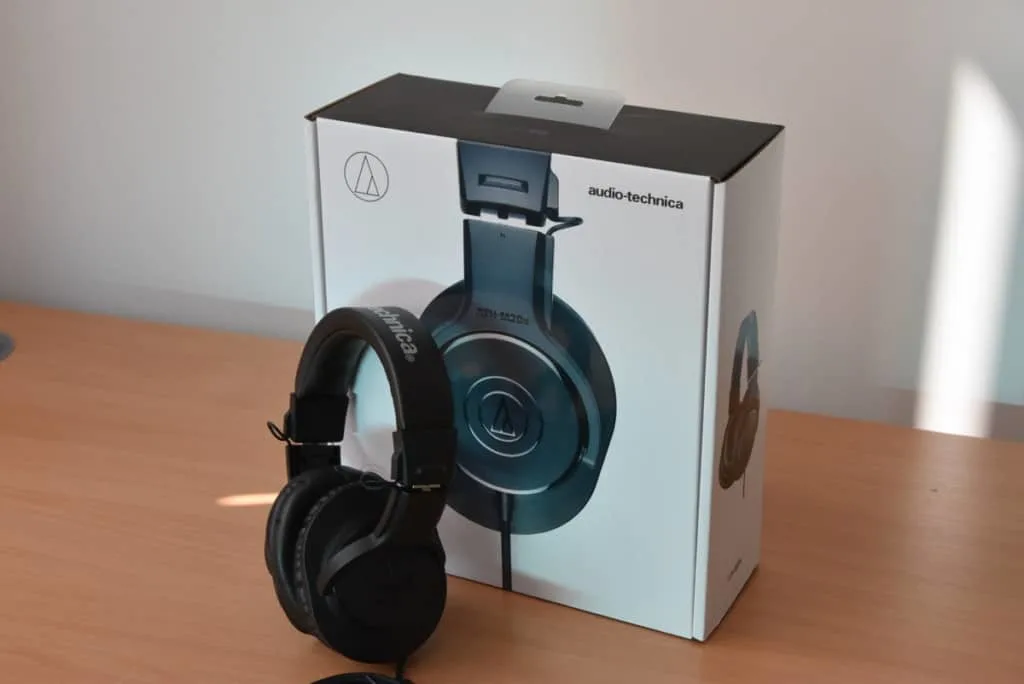
· Semi-open headphones – These are my absolute favorite for mixing without monitors because they let the mix breathe some fresh air while you are at it. I often find that long periods of time with closed headphones on my ears cause way more fatigue than semi-open ones. The great thing about semi-open headphones is that you still get those powerful lows of the closed headphones but with the right amount of external sounds to avoid them from clouding the mix. A great set of semi-open headphones are the AKG240.
· Open-back headphones – This final category is great for those who want to fight hearing fatigue and still get a great result. A good pair of open-back headphones are closer to a completely flat EQ that you will get in the business. They are very clear and transparent and, to me, work wonders for mixing high and ultra-high frequencies. As much as lows are amazing on closed backs, mids are great in semi-opens; the high frequencies excel at open-back headphones. In this category, I love the Sennheiser HD 650.
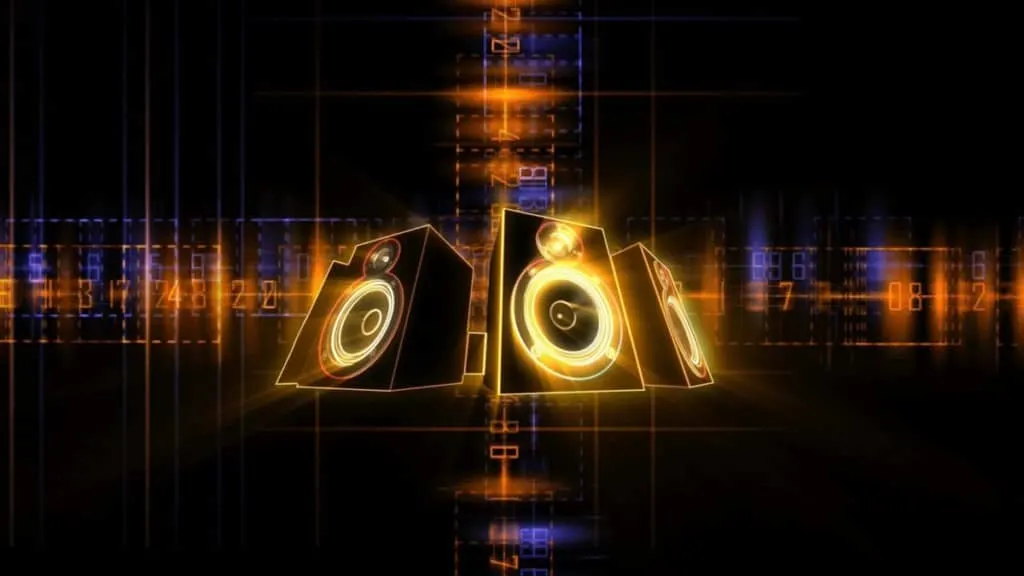
7. The Importance Of Tonal Balance When Mixing Without Monitors
Tonal balance is the equivalent of saying “even distribution across the frequency spectrum”
This means that each instrument must not be in the same spot within a frequency spectrum than the rest in order to avoid a volume-fight. Most of the time, when you hear a mix that has no tonal balance, everything is exploding in the mids and you have no instruments in the lows or ultra-highs.
Once this happens the whole thing goes into a vicious circle in which you are going to be tempted to raise the monitoring volume to hear what is buried deep down below the rest of the instruments.
When mixing with headphones only and using the same pair throughout the mix you are risking the outcome since some frequencies get lost in speaker proximity.
Also, if you are using only closed headphones some of the low frequencies will stay within the cup and appear to be more prominent than they really are. Make sure you’re not crowding any particular part of the sonic spectrum and you’ll have a much cleaner mix.
8 Magnifying Glass On Phase Issues
Phase issues can ruin even the best take in the world.
You can put $8,000 microphones on a $10,000 acoustic guitar and without proper phase correction, it will sound thin, distant, and wimpy. You definitely need to spot those phase issues before moving any forward in the mix.
A good pair of closed headphones will help you spot them right away. Many times even when I mix with my monitors I go to the closed-back headphones and check for phasing issues that might have gone by.
Actually, headphones work great as a magnifying glass for any kind of issue in your mix.
9 Specific Tools To Fight The EQ When Mixing Without Monitors
There are two basic programs that will help you defeat your headphones coloring properties over the music you’re listening to. They are the Sonarworks Reference 4 and Waves NX
Take a look at this video for more information on Sonarworks.
The first of them is software that allows you to calibrate your headphones with the computer you are currently using compensating for any coloration in the headphones EQ.
The second plugin is a virtual mixing room in which you can manipulate all the gear at hand and come up with your own version of it.
Both these plugins are great to avoid misinterpreting what you are hearing through the headphones and make them as flat as possible.
10 Get Started Mixing Without Monitors Right Now
These were 9 mixing tips that will help you get real results without monitors.
The last piece of advice I have to give you is, perhaps, the most important of them all: get started right now. I’ve heard it endless times from the mouths of people I truly admire and appreciate: “I will start when I can afford the gear”.
That is an excuse and it is a damaging excuse. Let me explain to you why: there is a learning curve to high-end studio technology and you absolutely have to work your way there step by step.
Get started right now, with whatever headphones you have at hand, with your mom’s old computer; it doesn’t really matter where you start as long as you start.
If you like the path, you will walk it confidently at a slow pace and learn to appreciate the wonders of each step. Every piece of gear in a studio environment is a step forward and there is a time to get there.
The only way you can be certain you’ll never make it is never starting.
If you are new to the wonderful world of recording I have written an article on how to get started with an audio interface. You can read this article here.
Final Words
There are pros and cons to mixing with headphones and monitors.
The above mixing tips are specifically thought for mixing without monitors.
Besides the gear, your ears will have to go through a process of understanding and differentiating that only man-hours applied to the craft can give you.
My personal choice for monitoring using headphones are the Beyerdynamic DT770. Check them out here.
Also, slightly higher quality are the Beyerdynamic DT990.
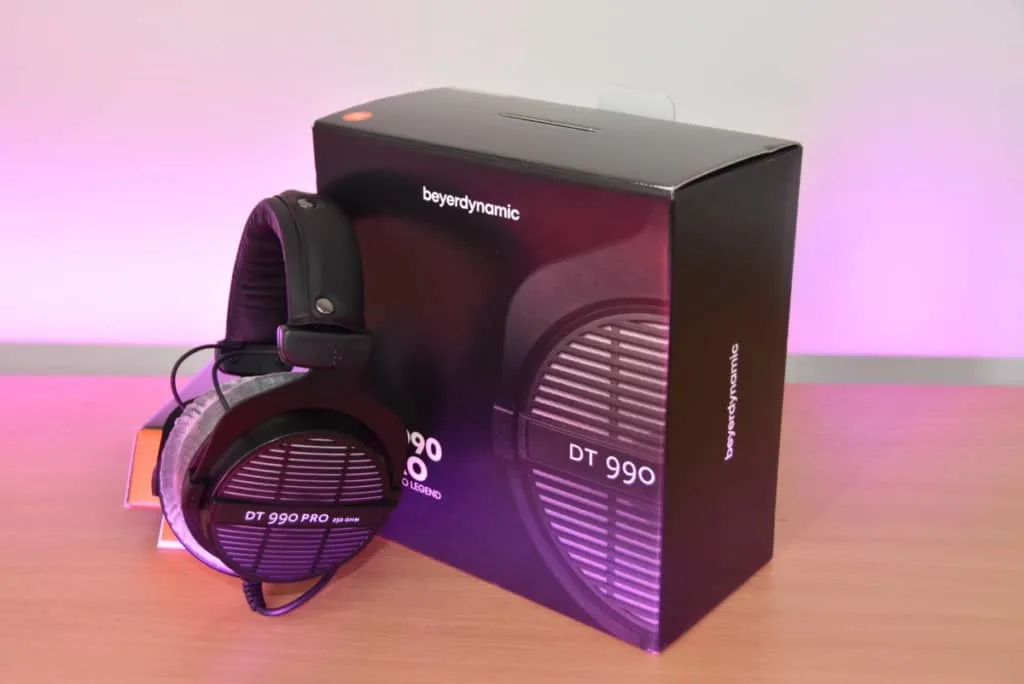
Gear is a set of tools for the trade, but there is much more than that to it and that is to become an expert craftsman. The best blacksmith is not the one with the best hammer, but the one who made the largest amount of swords in his or her life.
Let me finish this time by telling you a story that helped me a lot.
There was this test applied to a full year of ceramic students. Division A was told that they would be graded for a single piece regardless of how many they did. Division B was told that they would be graded for the number of pieces rather than the quality of each. At the end of the semester, the pieces by Division B were infinitely better than those from Division A.
What I mean with the story is that it takes practice and making up for your own errors and weaknesses to get mastery at a craft. So get started today, mix all you can and learn from the mistakes. Use the above tips and grow your career; the path is beautiful.
Grow your ear before your gear!
Happy (silent) recording!
